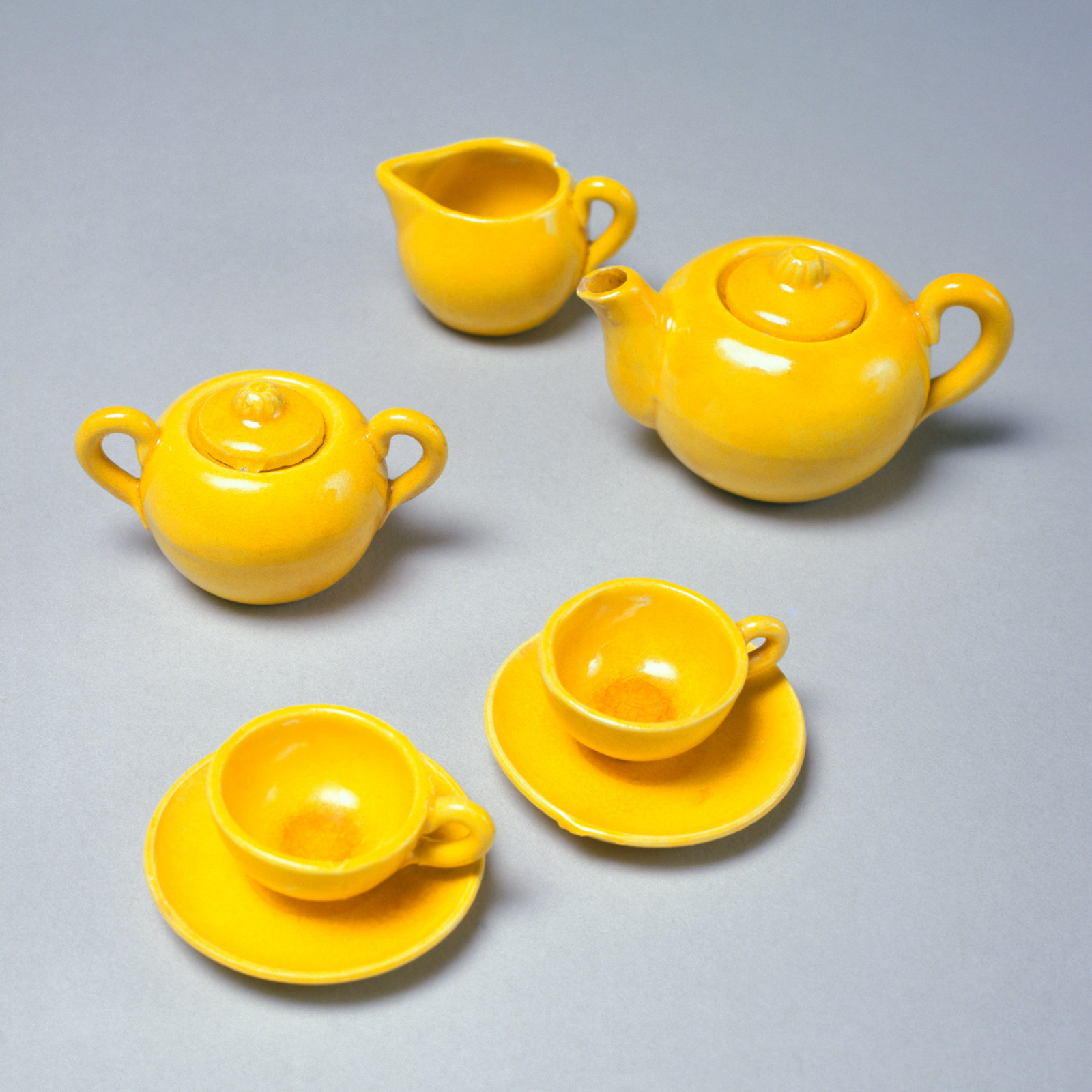NSW Police Choir trophy
The trophy was presented to the NSW Police Choir, conducted by Mr Richard Thew, for winning the Chief Male Voice Choral Contest at the City of Sydney Eisteddfod in September 1954.
Thew had been the choir’s conductor since 1933 when it was established to provide a cultural activity for serving police. Members were drawn from city and suburban police stations and performed at official police functions as well as local fetes and church fundraisers. The choir made its first competitive appearance at the Sydney Eisteddfod in 1936 and won their first competition at the Railway Institute Eisteddfod in 1937. Over the years the press reported that these ‘chorister constables didn’t miss a beat’ and that Sydney’s singing police were ‘no silent cops!’ The choir provided the vocal background for two Australian films made in the 1940s: ‘The Fighting Rats of Tobruk’ and ‘Forty Thousand Horsemen’. They also recorded albums of popular classics including ‘Bless this house’ and ‘Deep River’. The most famous member of the choir was operatic tenor Kenneth Neate (1914-1997) who became known as the ‘Singing Policeman’ and upon leaving the police force went on to have an international singing and teaching career. The choir was disbanded in 1988.
Related

The trophy cabinet
Trophies are symbolic objects, intended for display as evidence of achievement, especially of victory in a contest of some kind
Published on
Collection items
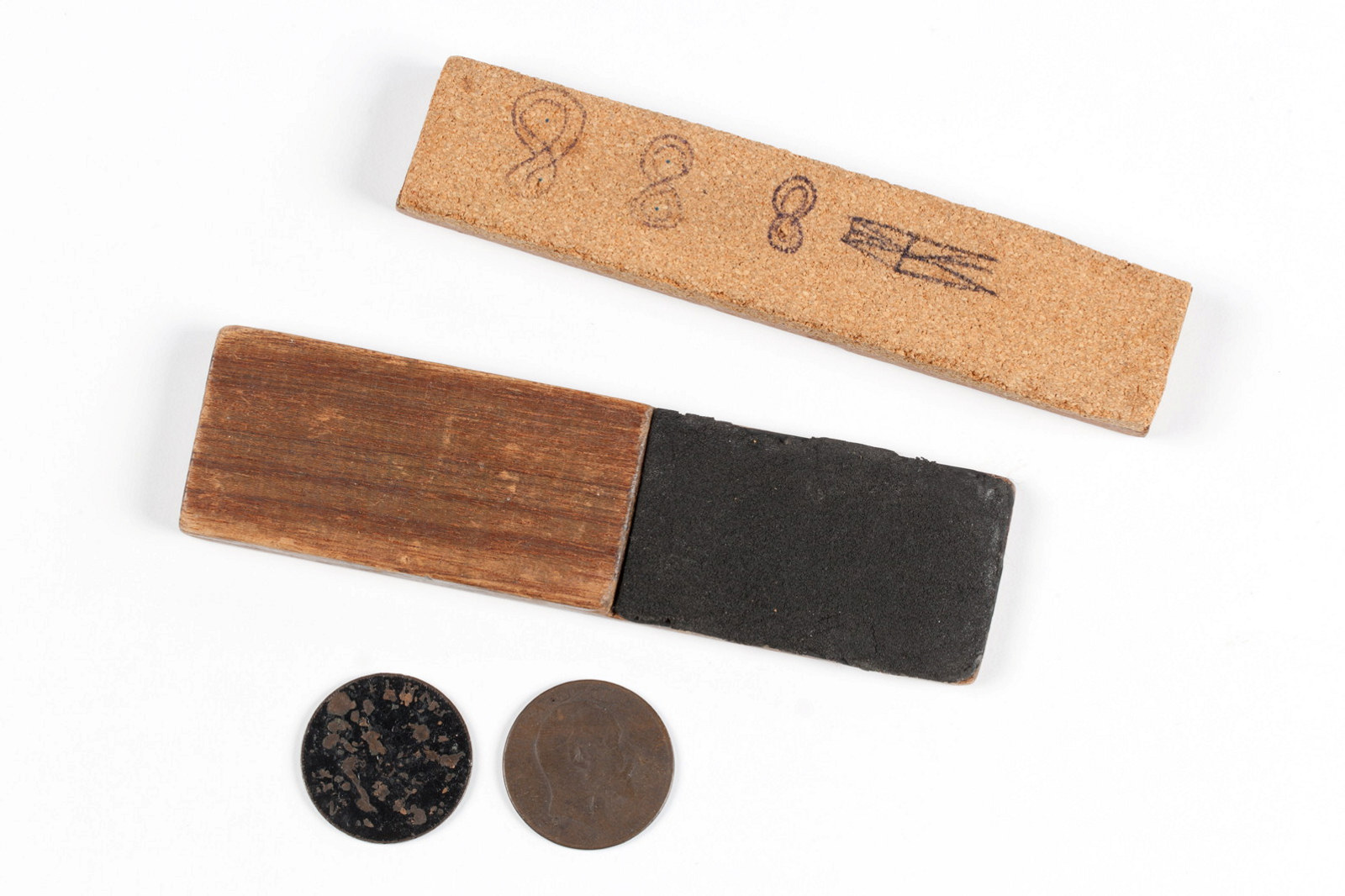
Come in spinner!
Gambling in Australia is regulated by the state and some types of gambling are illegal. The game Two-up, with its catch cry of ‘Come in Spinner!’, is legal only on Anzac Day and only in some states
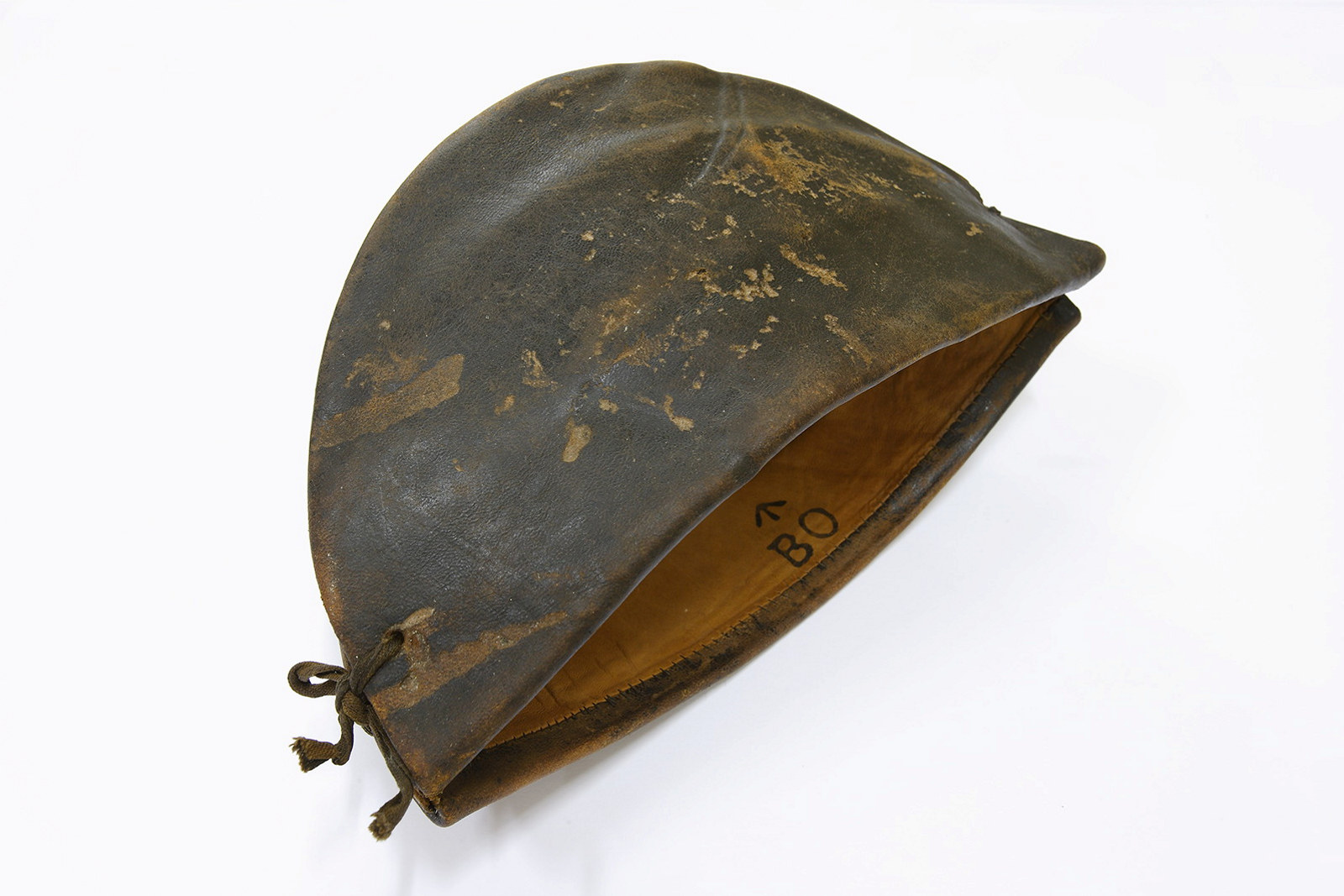
Convict Sydney
Convict cap
A hat was known as a castor or a kelp in the convict ‘flash’ slang language

The trophy cabinet
Trophies are symbolic objects, intended for display as evidence of achievement, especially of victory in a contest of some kind
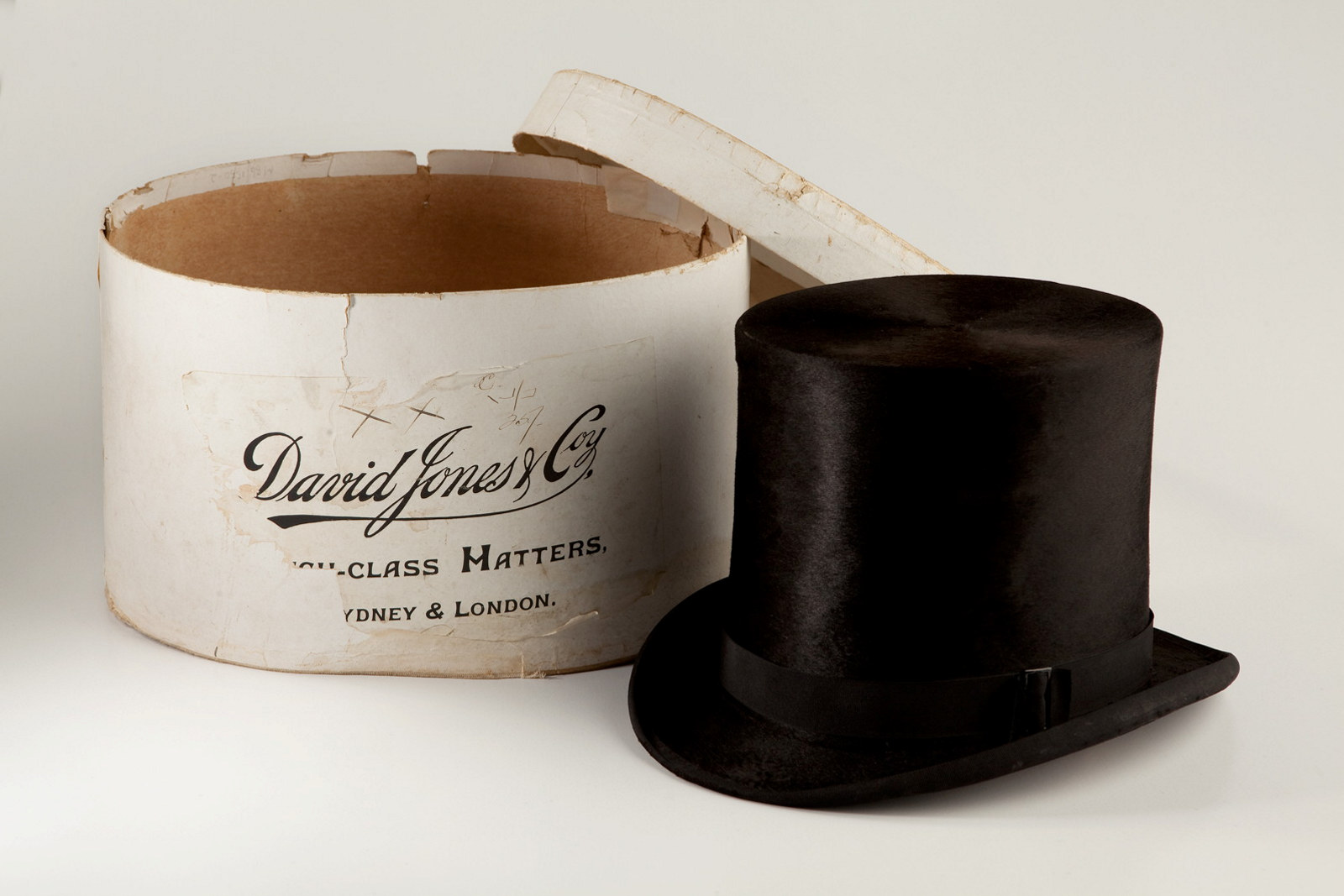
Bicornes, bonnets & boaters
There’s a variety of headwear across our collections ranging in date from early to late nineteenth century
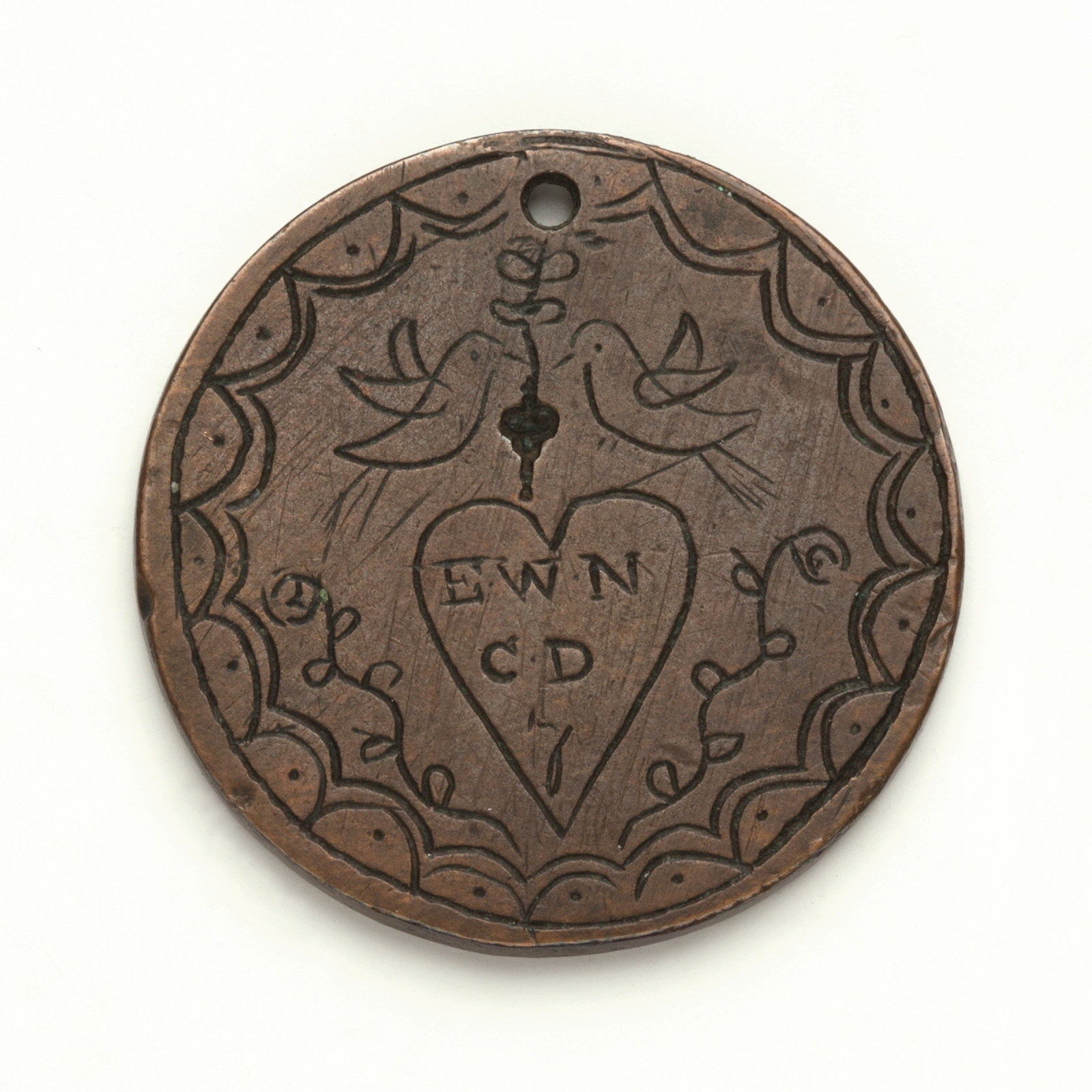
Convict Sydney
Love token, Donovan
This very detailed token was probably made by a nineteen year old called Cornelius Donovan
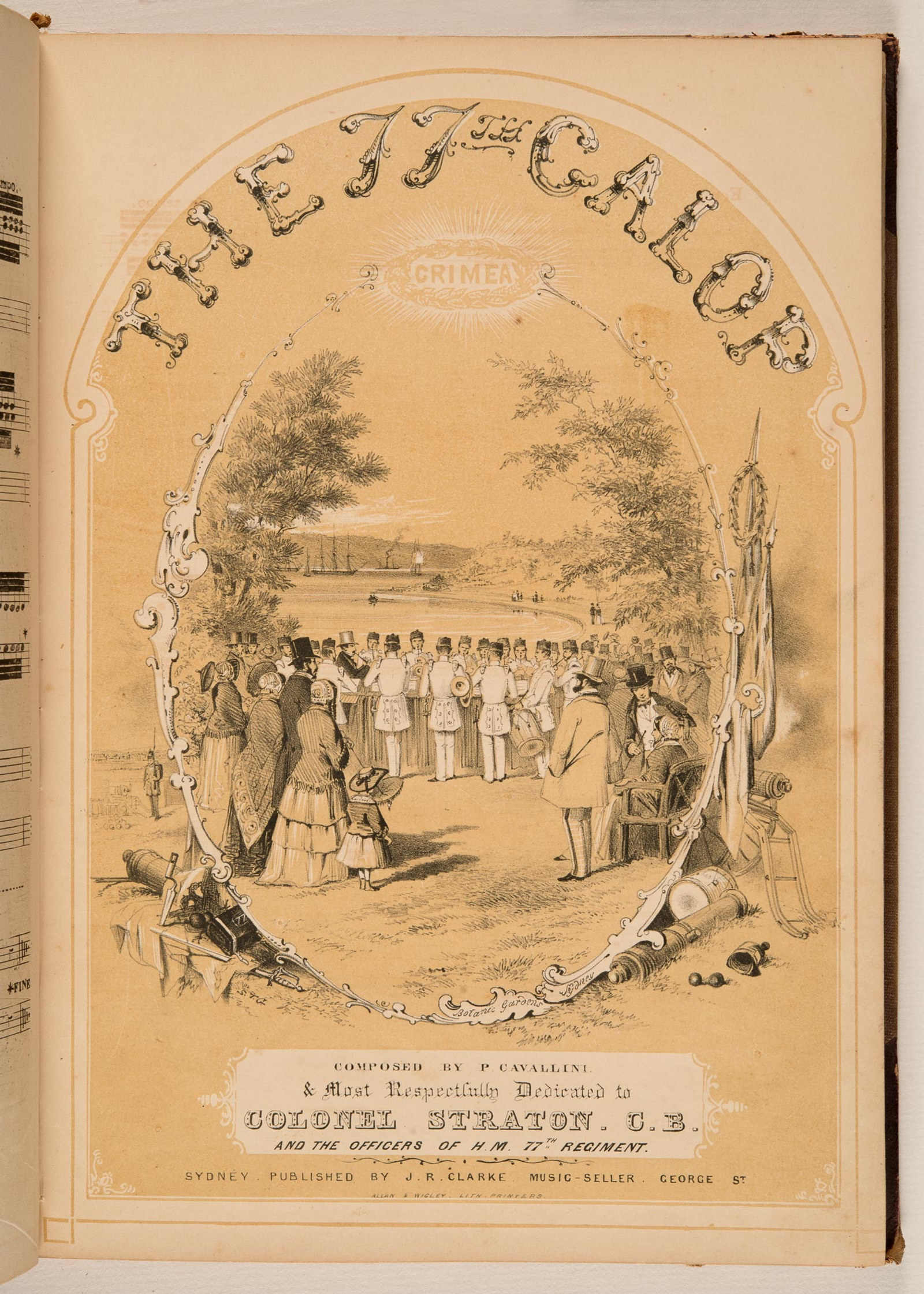
Reading the score
Since the early 1800s, Australian households have purchased sheet music to enliven their drawing room repertoire
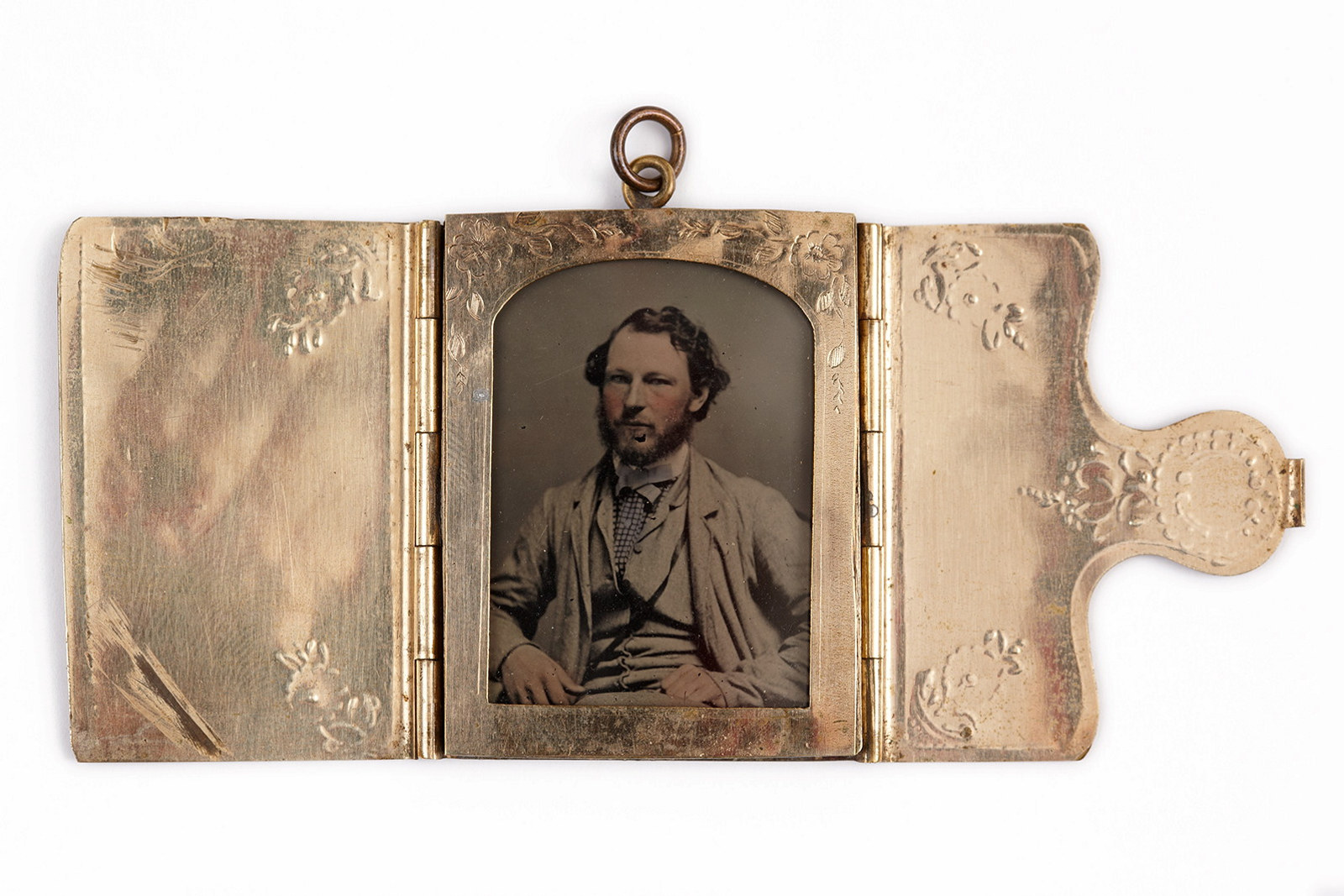
Close to the heart
Expressions of love and endearment have long been embodied in keepsakes or jewellery worn or held close to the body
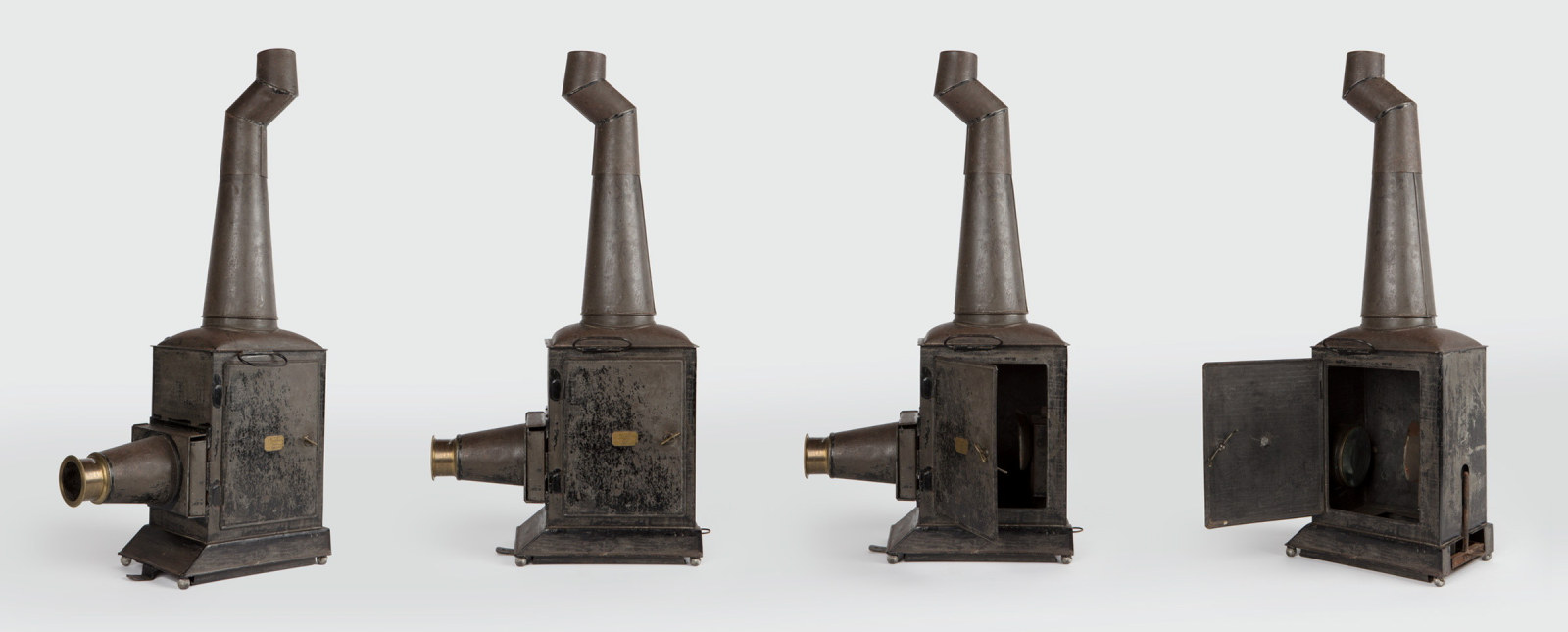
Magic lantern at Rouse Hill Estate
The Rouse Hill House magic lantern is a mid-19th century example of a form of image projector which dates back to the 17th century
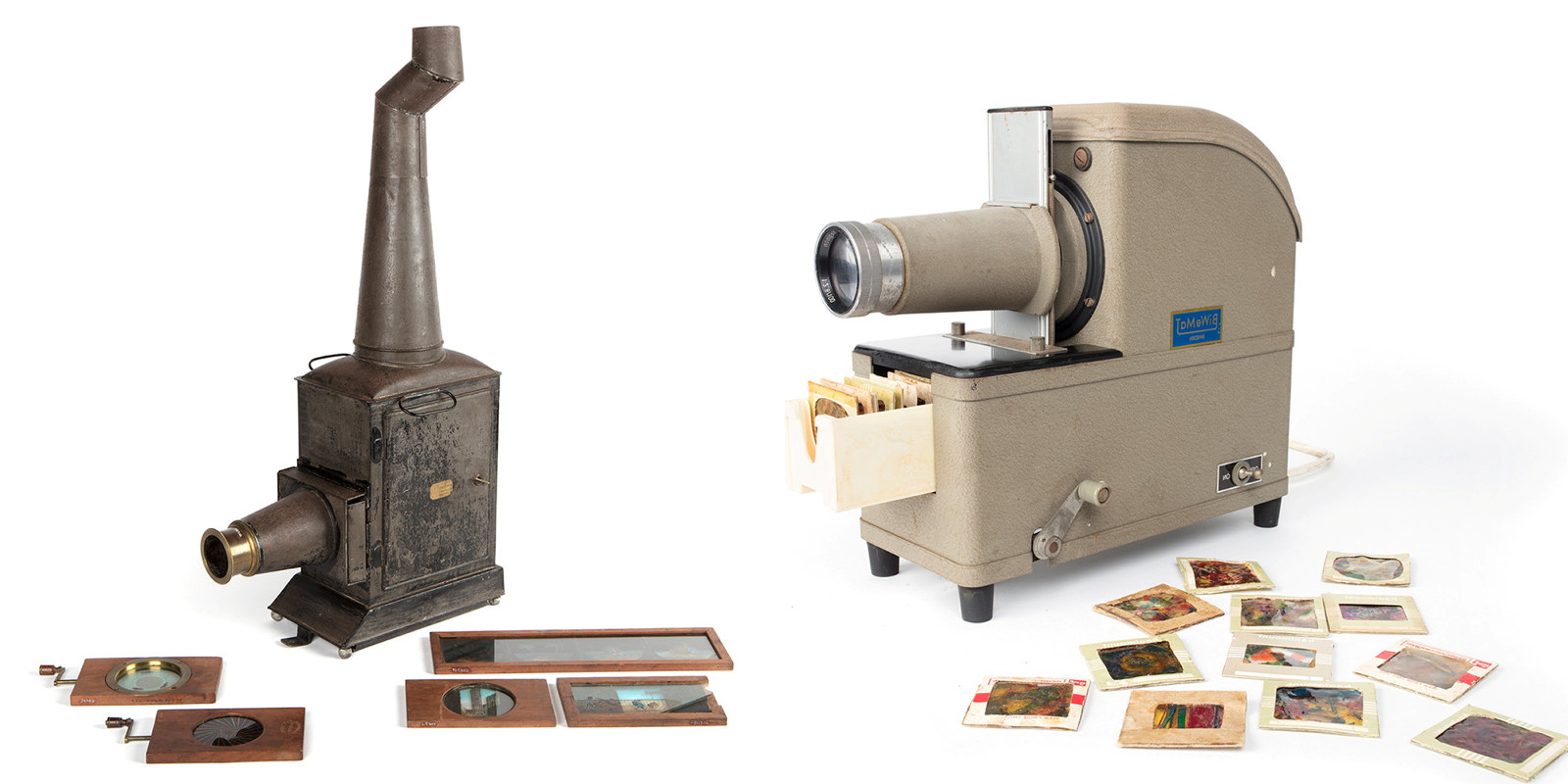
Projected across time
In the late 1960s, John Terry, then a young man living at Rouse Hill Estate, composed avant-garde music which he set to abstract projected images, and performed at various locations in Sydney
